Vintage Design
This is a stunning antique french mahogany and ormolu-mounted display cabinet in the french louis xv manner, circa 1870 in date. This beautiful cabinet has an abundance of exquisite ormolu mounts as well as intricate inlaid parquetry and marquetry decoration. It has shaped glass to the front and sides, stands on elegant slender cabriole legs and has three shelves to display your collectables. It is surmounted with an exquisite “rosso carpazzi” marble top and it will add a touch of unparalleled style to your home. It is perfect for displaying your collection of silver or porcelain. The item is not cites pursuant. Condition: in excellent condition having been beautifully restored and relined in our workshops, please see photos for confirmation. Dimensions in cm: height 160 x width 90 x depth 38. Dimensions in inches: height 5 feet, 3 inches x width 2 feet, 11 inches x depth 1 foot, 3 inches. Mahogany is probably one of the largest ‘families’ of hardwood, having many different varieties within its own species. Mahogany has been used for centuries in ship building, house building, furniture making etc and is the core structure of just about every 19th century vanity box, dressing case or jewellery box. It became more of a victorian trend to dress mahogany with these decorative veneers, such as rosewood, kingwood, burr walnut and coromandel, so that the actual mahogany was almost hidden from view. Mahogany itself is a rich reddish brown wood that can range from being plain in appearance to something that is so vibrant, figured and almost three dimensional in effect. Although mahogany was most often used in its solid form, it also provided some beautifully figured varieties of veneer like ‘flame’ mahogany and ‘fiddleback’ mahogany (named after its preferred use in the manufacture of fine musical instruments). Cuban mahogany was so sought after, that by the late 1850s, this particular variety became all but extinct. Ormolu (from french ‘or moulu’, signifying ground or pounded gold) is an 18th-century english term for applying finely ground, high-carat gold in a mercury amalgam to an object of bronze.the mercury is driven off in a kiln leaving behind a gold-coloured veneer known as ‘gilt bronze’. The manufacture of true ormolu employs a process known as mercury-gilding or fire-gilding, in which a solution of nitrate of mercury is applied to a piece of copper, brass, or bronze, followed by the application of an amalgam of gold and mercury. The item was then exposed to extreme heat until the mercury burned off and the gold remained, adhered to the metal object. No true ormolu was produced in france after circa 1830 because legislation had outlawed the use of mercury. Therefore, other techniques were used instead but nothing surpasses the original mercury-firing ormolu method for sheer beauty and richness of colour. Electroplating is the most common modern technique. Ormolu techniques are essentially the same as those used on silver, to produce silver-gilt (also known as vermeil.) empire style, is an early-19th-century design movement in architecture, furniture, other decorative arts, and the visual arts followed in europe and america until around 1830. The style originated in and takes its name from the rule of napoleon i in the first french empire, where it was intended to idealize napoleon’s leadership and the french state. The style corresponds to the biedermeier style in the german-speaking lands, federal style in the united states and to the regency style in britain. The previous style was called louis xvi style, in france. The empire style was based on aspects of the roman empire. It is the second phase of neoclassicism which is also called “directoire”, after a government system. Furniture typically had symbols and ornaments borrowed from the glorious ancient greek and roman empires. The furniture was made from heavy woods such as mahogany and ebony, imported from the colonies, with dark finishes often with decorative bronze mounts. Marble tops were popular as were egyptian motifs like sphinxes, griffins, urns and eagles and the napoleonic symbols, the eagle, the bee, the initials “i” and a large “n.” gilded bronze (ormolu) details displayed a high level of craftsmanship.
| Design Period | Before 1890 |
|---|---|
| Production Period | Before 1890 |
| Country of Manufacture | France |
| Style | Antique |
| Detailed Condition | |
| Product Code | SQL-1258184 |
| Restoration and Damage Details |
Relined
|
| Materials | Mahogany, Marble |
| Color | Brown |
| Width |
90 cm 35.4 inch |
| Depth |
38 cm 15.0 inch |
| Height |
160 cm 63.0 inch |
| Duties Notice | Import duty is not included in the prices you see online. You may have to pay import duties upon receipt of your order. |





















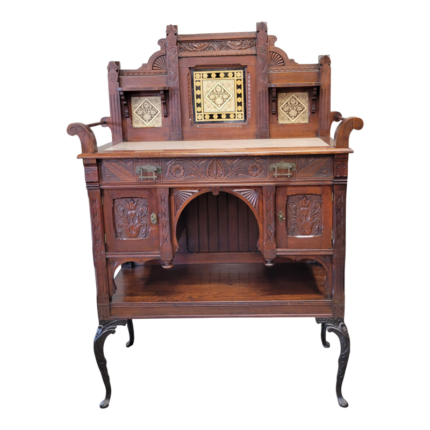

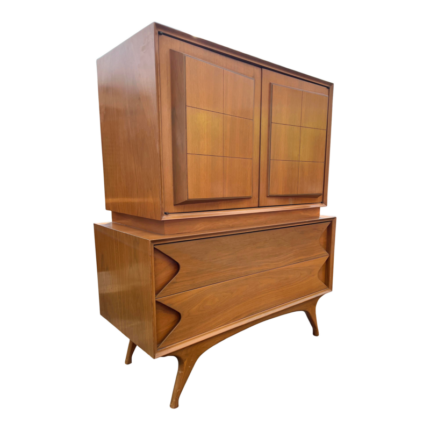

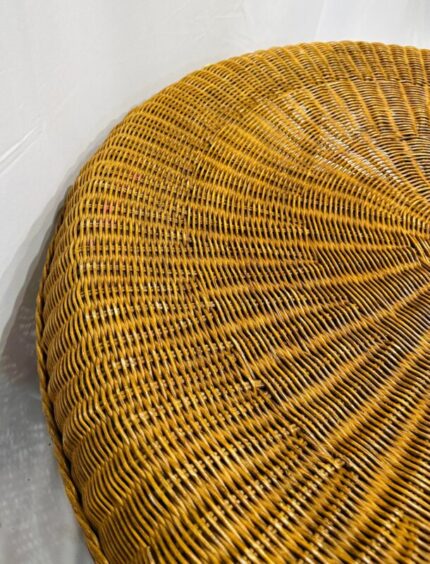

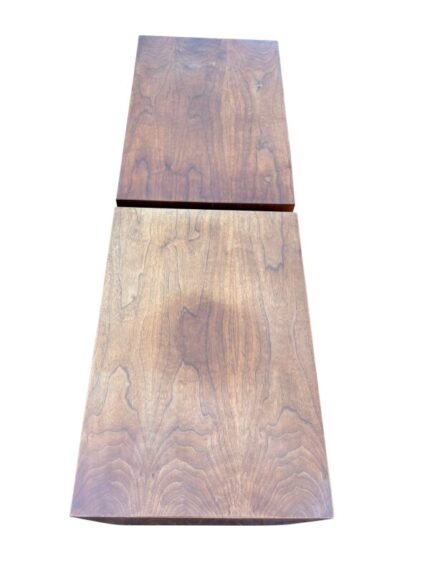

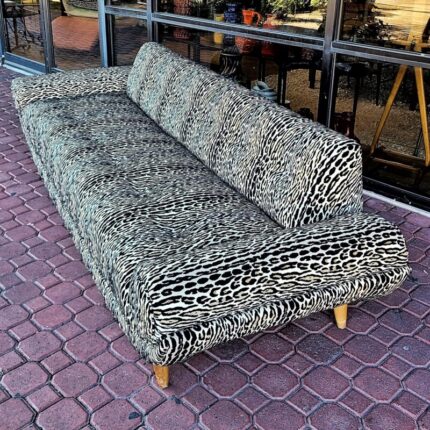





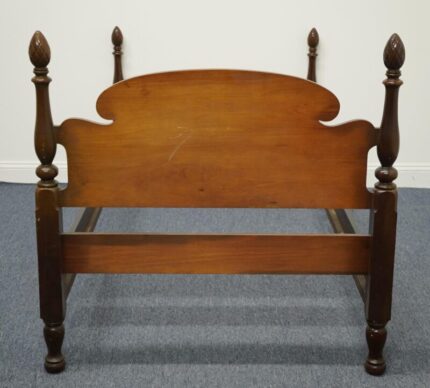

Reviews
There are no reviews yet.